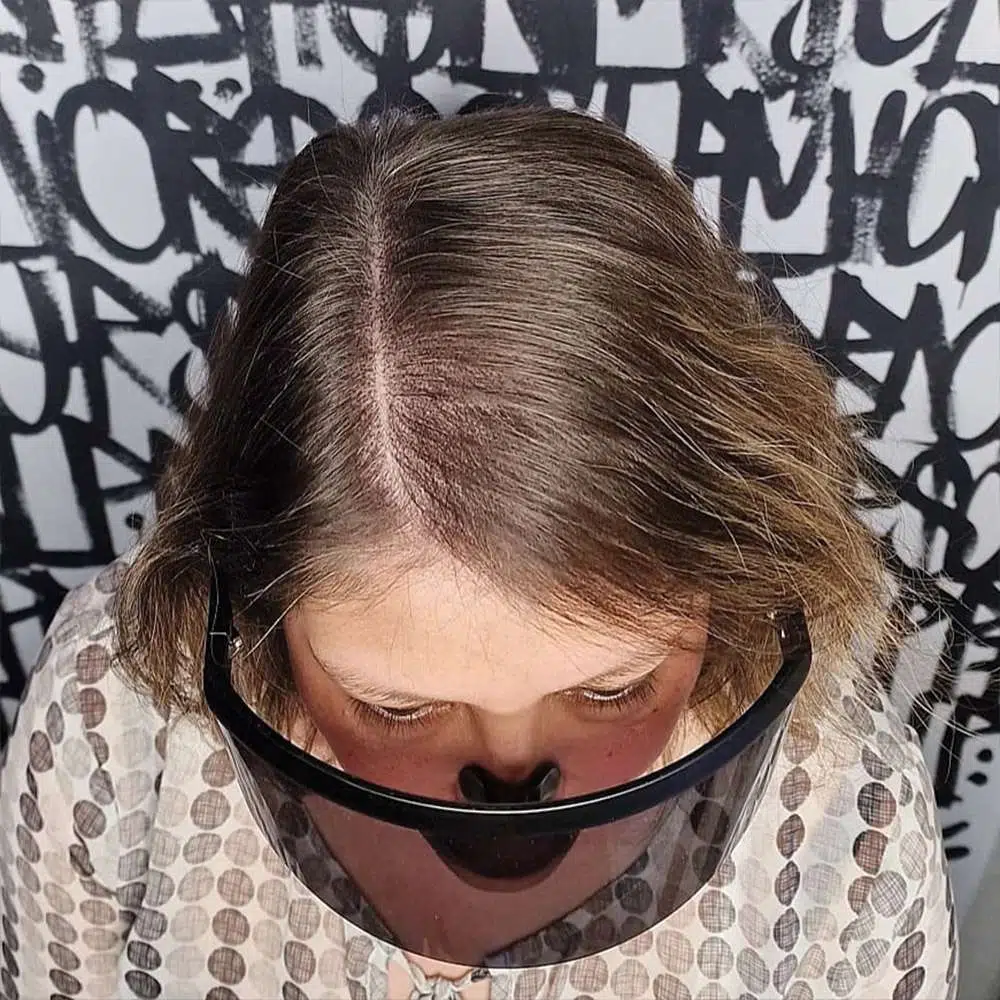The hair growth cycle involves growth in four stages: Anagen, catagen, telogen, and Exogen. Hair grows from follicles inside the skin, and they are fed by blood vessels at the base of the follicles. Each phase of hair growth has its timeline that can change due to circumstances such as age, nutrition, and overall health. Scalp hairs grow at an average of one centimetre a month. A single human head usually contains from 100,000 to 150,000 scalp hairs, making it appear very dense (although this will not be true in some cases, like if a person has a receding hairline or some other condition). People also lose about 100 hairs every day.
Anagen
Hair growth is an ongoing cycle. Known as the Anagen phase, the active phase of hair growth occurs when cellular division occurs on the follicle’s root. At any given time, on average, 90% of hair follicles on your body are growing hair. This is known as hair growth and can go on for up to two years, which means you will need to visit your barber or hairstylist at least every few months! During this period, new hairs emerge that push old, non-growing hairs out until they eventually fall out naturally.
Catagen
The catagen phase lasts around ten days and is a transitional phase as hair goes from active growth to the dormant phase, telogen. About 3% of hair is in this phase at any time and lasts around 2 to 3 weeks, during which time the club hair starts forming on the follicle. Club hairs are temporary and eventually fall out and leave a lower follicle than before, known as a ‘skin recession.’
Telogen
Hair shedding, or known more commonly as hair loss, is usually associated with the normal growth cycle of our body’s hair follicle. There are several phases to the growth cycle, including anagen, catagen, and telogen. Each of these is crucial to ensure that there are no interruptions in the continuous growth of the hair. The resting phase, known as telogen, typically lasts around three months. Hair sheds naturally during this time, with most people losing 100-125 strands each day. The medical term for normal shedding is called exogen, which comes with a set of criteria that distinguishes it from other forms of hair loss. Suppose you suspect that you might be experiencing abnormal shedding. In that case, your health care provider might recommend further diagnostic tests such as a scalp biopsy to identify underlying causes for your shedding.
Exogen
During the growing phase, hair goes through three phases: anagen, catagen, and telogen. The stage between the anagen and catagen is the shedding phase, and hair growth slows down because it isn’t receiving any new nutrients to form another hair shaft. It is natural for all people to shed approximately 50 to 100 hairs each day – this is nothing to worry about! This phase can last for between two and five months.
It’s no secret that healthy hair is something they can only hope to achieve for most people – it’s something tied to one’s genetics and hormone levels. Unfortunately, if outside variables like stress, poor diet, lack of sleep, or other factors result in hair loss, there is no specific cure; however, there are some alternatives that you can try that may help, such as scalp micropigmentation which you can get here at Scalp Micro UK or in the United States at Scalp Prodigy.





